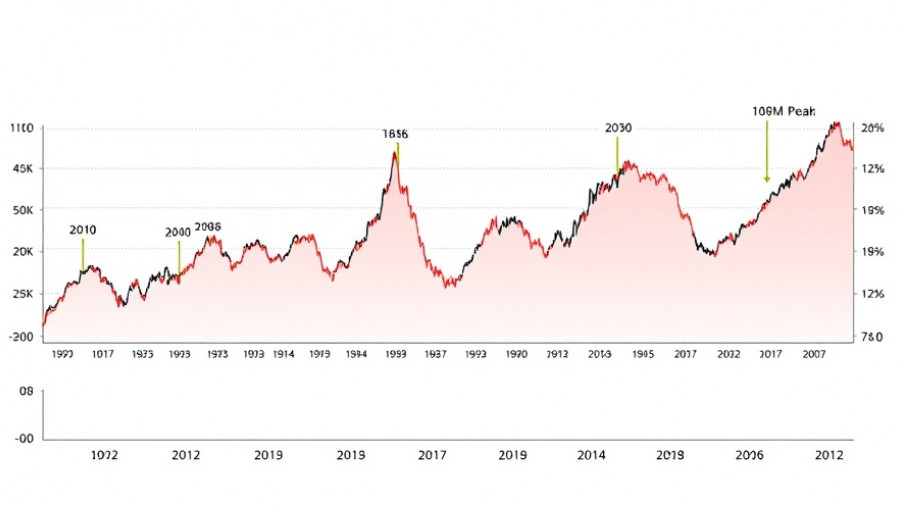
Understanding Your Options: The Traditional vs Roth Dilemma
When it comes to investing for retirement, a key decision is whether to choose a traditional IRA or 401(k) versus a Roth version. This choice can significantly impact your financial future and tax obligations. With traditional accounts, you typically invest pre-tax money, meaning you can lower your current tax burden but will pay taxes when you withdraw in retirement. In contrast, Roth accounts require you to contribute after-tax income, allowing for tax-free withdrawals later on, with no mandatory distributions.
Why Timing and Income Matter in Your Decision
The conventional advice suggests opting for traditional accounts if you expect to be in a higher tax bracket while working than in retirement. However, future income levels are uncertain, and understanding personal factors like age and career changes can complicate this decision. For example, many people earn more in their prime working years, which means traditional accounts may be more beneficial during this period, given the potential for lowering tax obligations in retirement when income may be lower.
The Role of Tax Brackets and Income Limits
It's important to consider tax brackets in your decision-making. The U.S. Bureau of Labor Statistics shows that average spending peaks in middle age and generally declines as individuals approach retirement. This trend aligns with traditional accounts being more advantageous during higher income periods. Moreover, for high earners, income limits can phase out traditional IRA deductions, pushing many towards Roth accounts unless they consider backdoor options.
Helpful Tools to Make Your Decision Easier
Utilizing tools like Betterment’s Forecaster can simplify your choice between account types. By entering relevant financial information, this tool provides insights on whether traditional or Roth contributions make more sense based on projected future tax situations. Regular updates to personal circumstances, such as income changes and marital status, are essential for maintaining accurate estimates.
Take Charge of Your Retirement Planning Today
The debate over traditional versus Roth accounts will persist, but making an informed choice is within reach. Assess your financial landscape and consider professional tools that cater to your specific needs.
 Add Row
Add Row  Add
Add 




Write A Comment